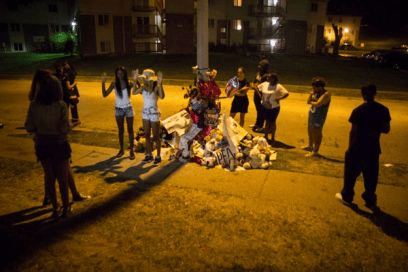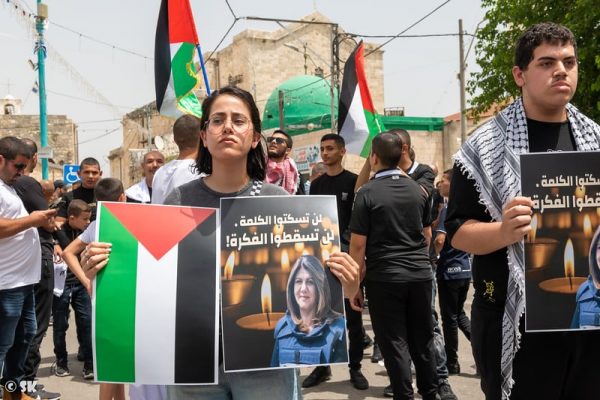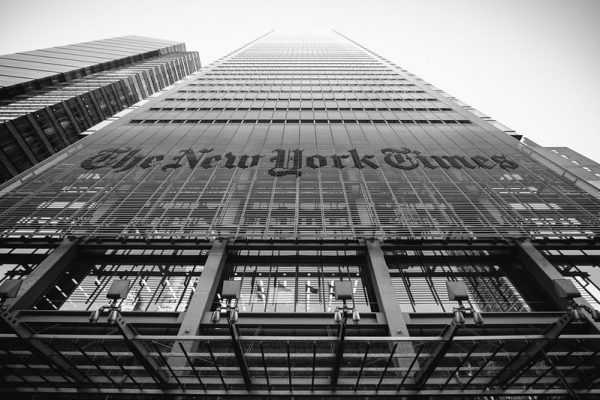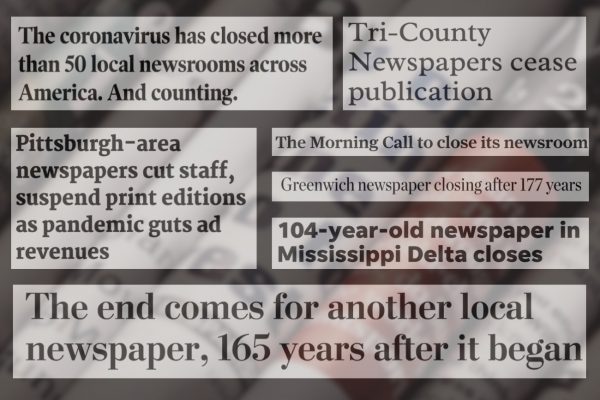Much of the meta-coverage of the Ferguson, Missouri, tragedy has stressed the apparent importance of social media in focusing attention and fanning the flames. The NPR program On the Media had a story on August 14, 2014 which, in part, spoke in wonderment about how much Ferguson was a social media event and that because of social media people know so much more about the events and are therefore mobilized more than ever before. Maybe.
What is striking in historical perspective is that, however vast the media apparatus may be, the disturbances have not spread. Forty or so years ago, before the computer, internet, and smartphone, the fury in African-American neighborhoods spread from city to city quite rapidly. But not now. How come? (This post is partly a revisit to an earlier one on social media and protest.)
Back in the Day
In the 1960s, there were a few periods in which the nation witnessed a swarm of violent disorders—called riots or rebellions, depending on your politics—in African-American neighborhoods across a number of cities. While the incendiary conditions for these events, such as tense relations with the police and incidents of police violence, existed in many cities over many years, the outbreaks seemed to occur in clusters, as if they were contagious.
In a 2000 article in the American Journal of Sociology, Daniel Myers reported that, indeed, close statistical analysis showed that there seemed to have been such influence in the 1960s. Other things being equal, an outbreak in one city seemed within a few days to make one in another city more likely. And communications mattered. A city was more likely to experience violence if it received television broadcasts (remember: this was long before cable or satellite TV) from a city that was having violence. It appears that viewing scenes of civil disorder in a nearby community encouraged people to go into the streets.
Today
For all the outcry and protests around the country about the shooting of Michael Brown, the street disorders have not been copied—in spite of the fact that far more media channels exist now than in the 1960s. Anybody can see hundreds of pictures and read hundreds of descriptions of events by simply pulling out his or her smartphone from a pocket — not to mention drawing on cable and satellite TV, web sites, podcasts, you name it. (And there certainly are many opportunities, including police shootings, for various black neighborhoods in the country to explode.)
Why no contagion this time? (I should note that the “Rodney King” disorders in 1992 also did not seem to spread outside of Los Angeles.) Many possibilities come to mind: Perhaps since the ‘60s, black residents learned that, in the end, little good came from the civil disorders; maybe black residents lost hope and thus righteous anger or perhaps black residents have become more hopeful of justice; maybe the police became more skilled at turning down the heat or the police became more ferocious at stifling action; and so on. Hopefully, researchers are addressing the question right now.
My point here, however, is simply that new media do not seem to be as powerful in this respect as plain old, three-networks, mainly black-and-white ‘60s television was in spreading the word and the suggestion.








